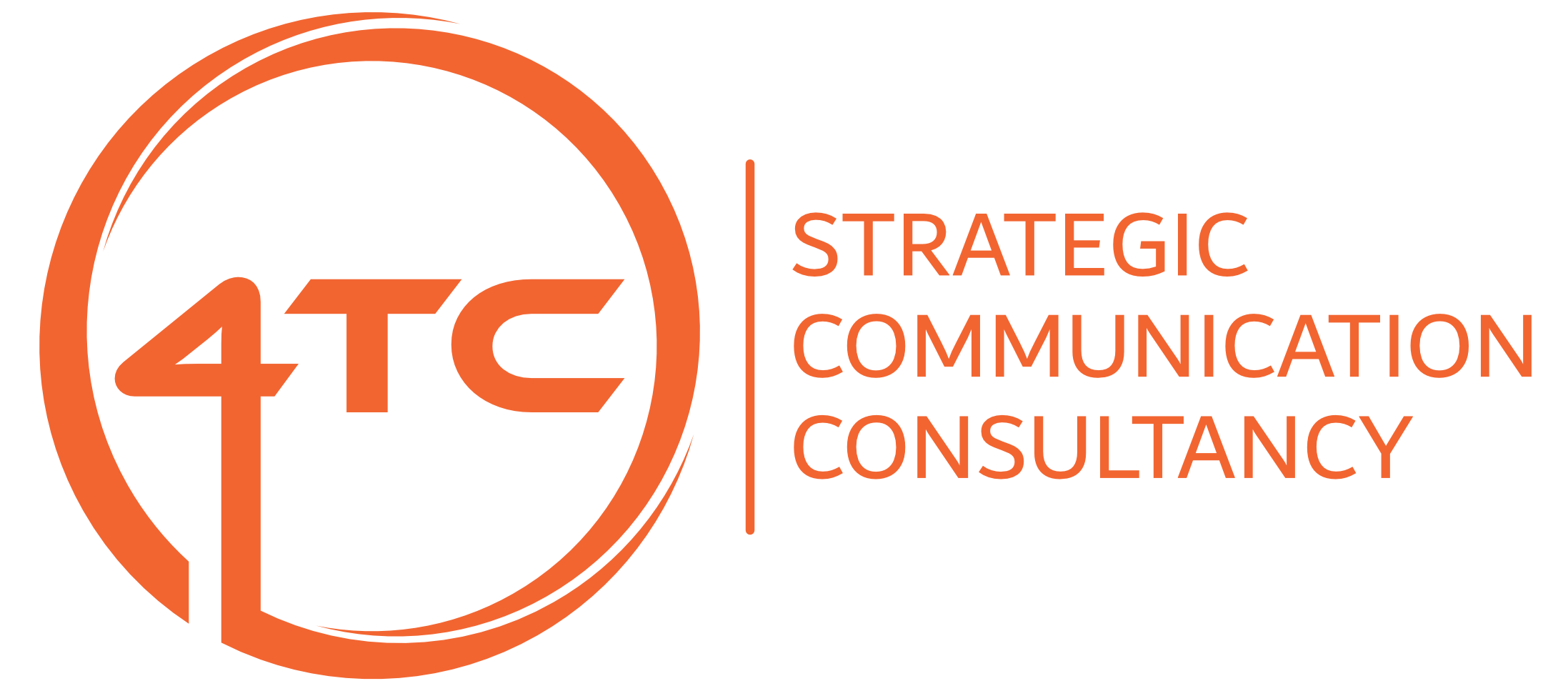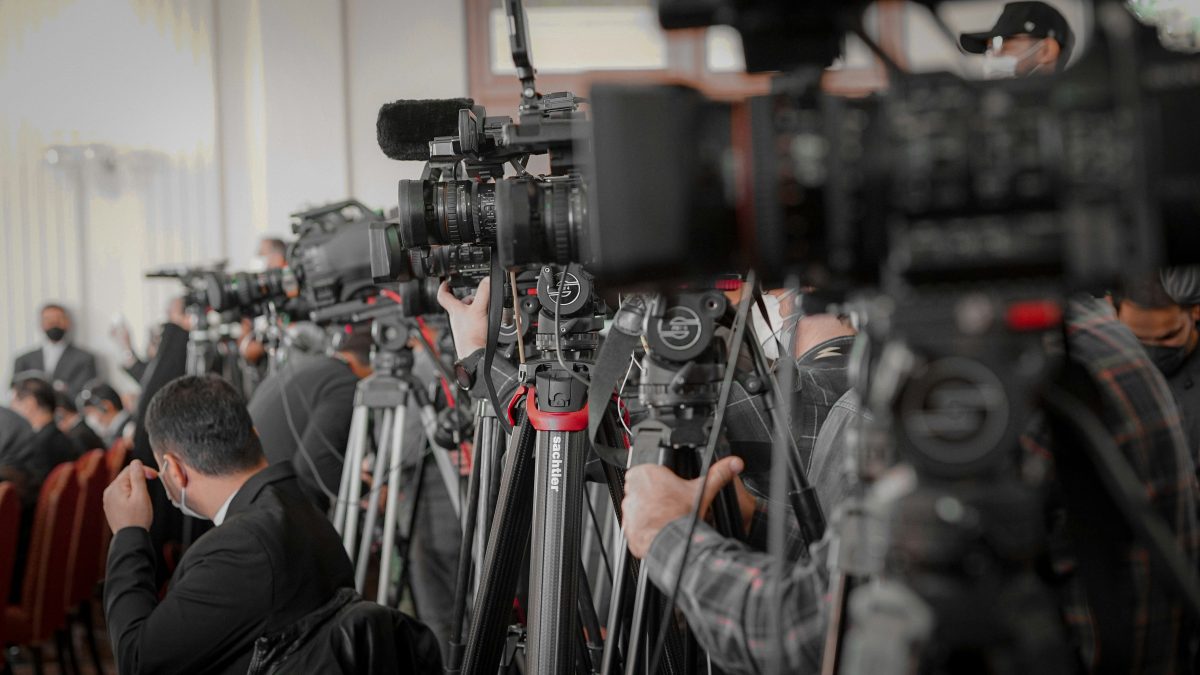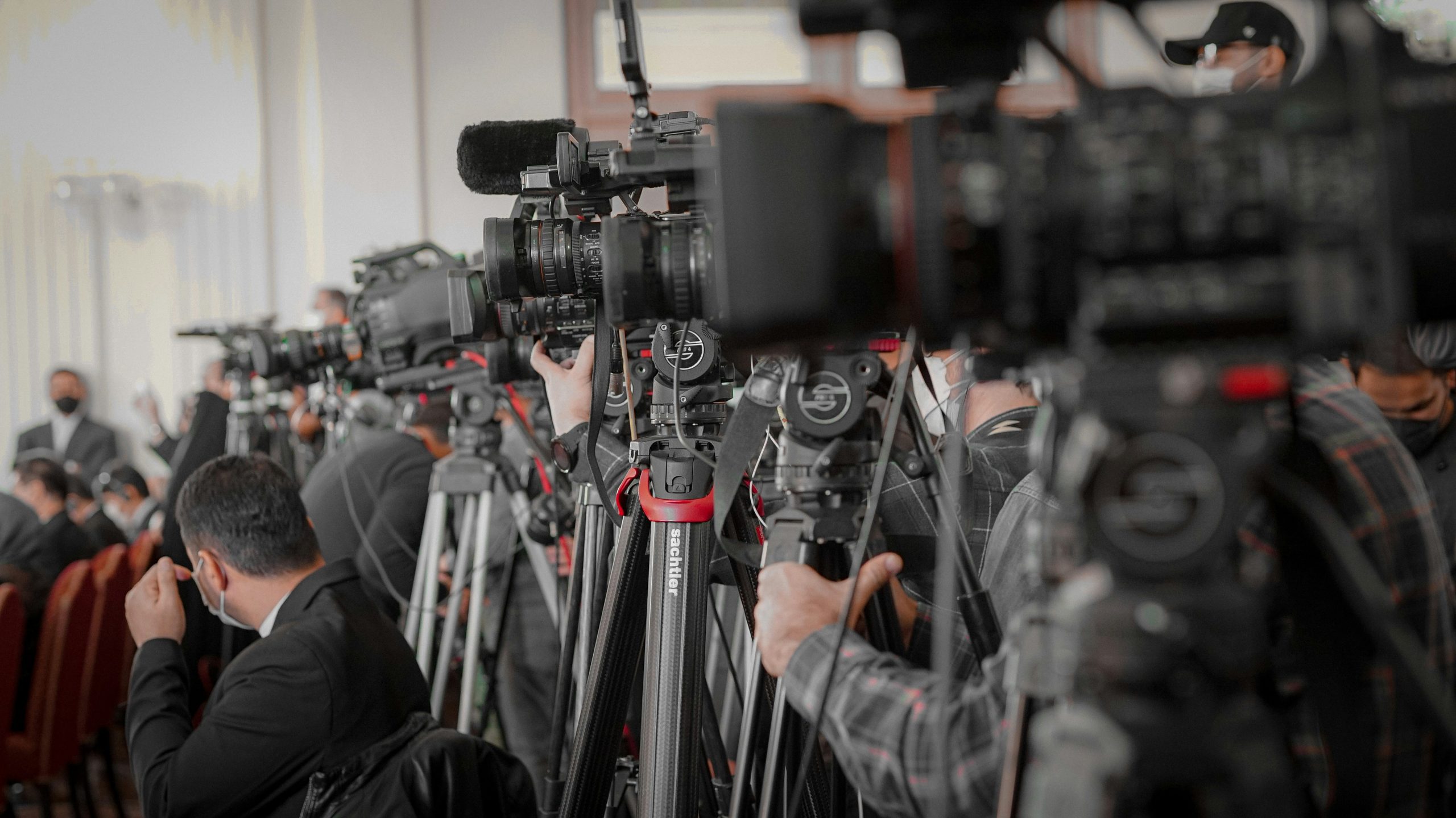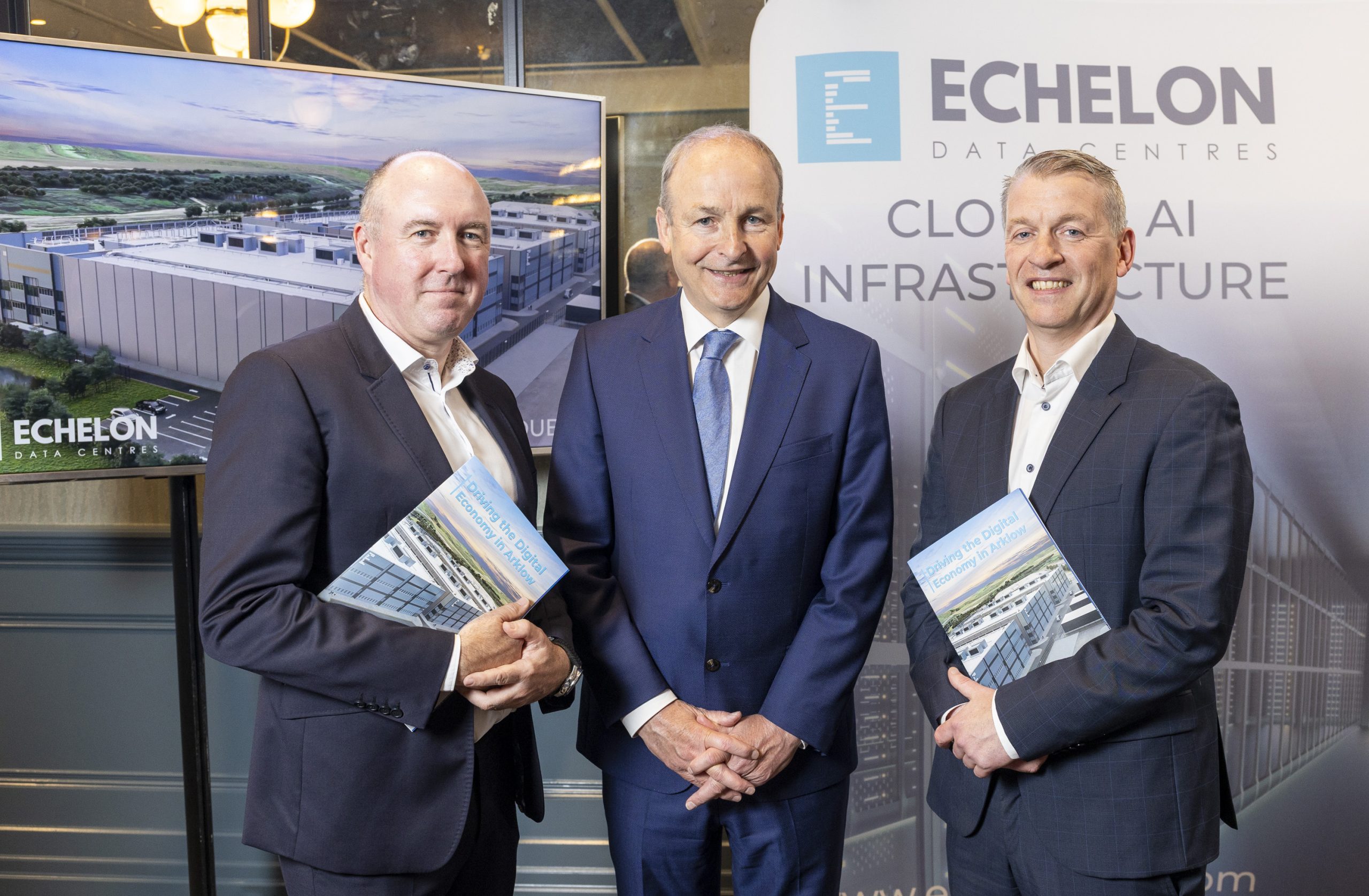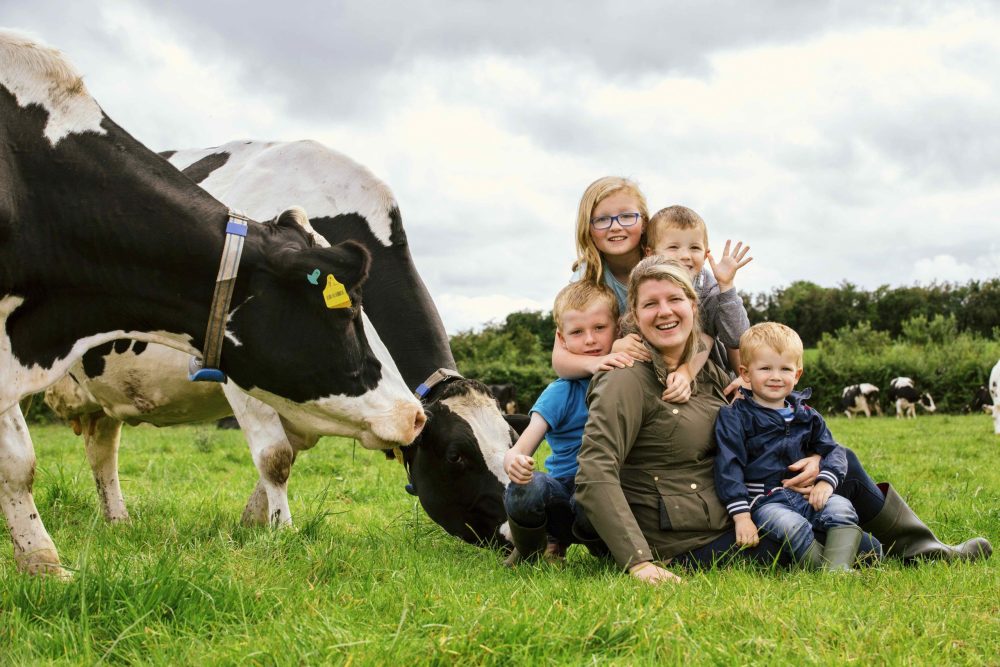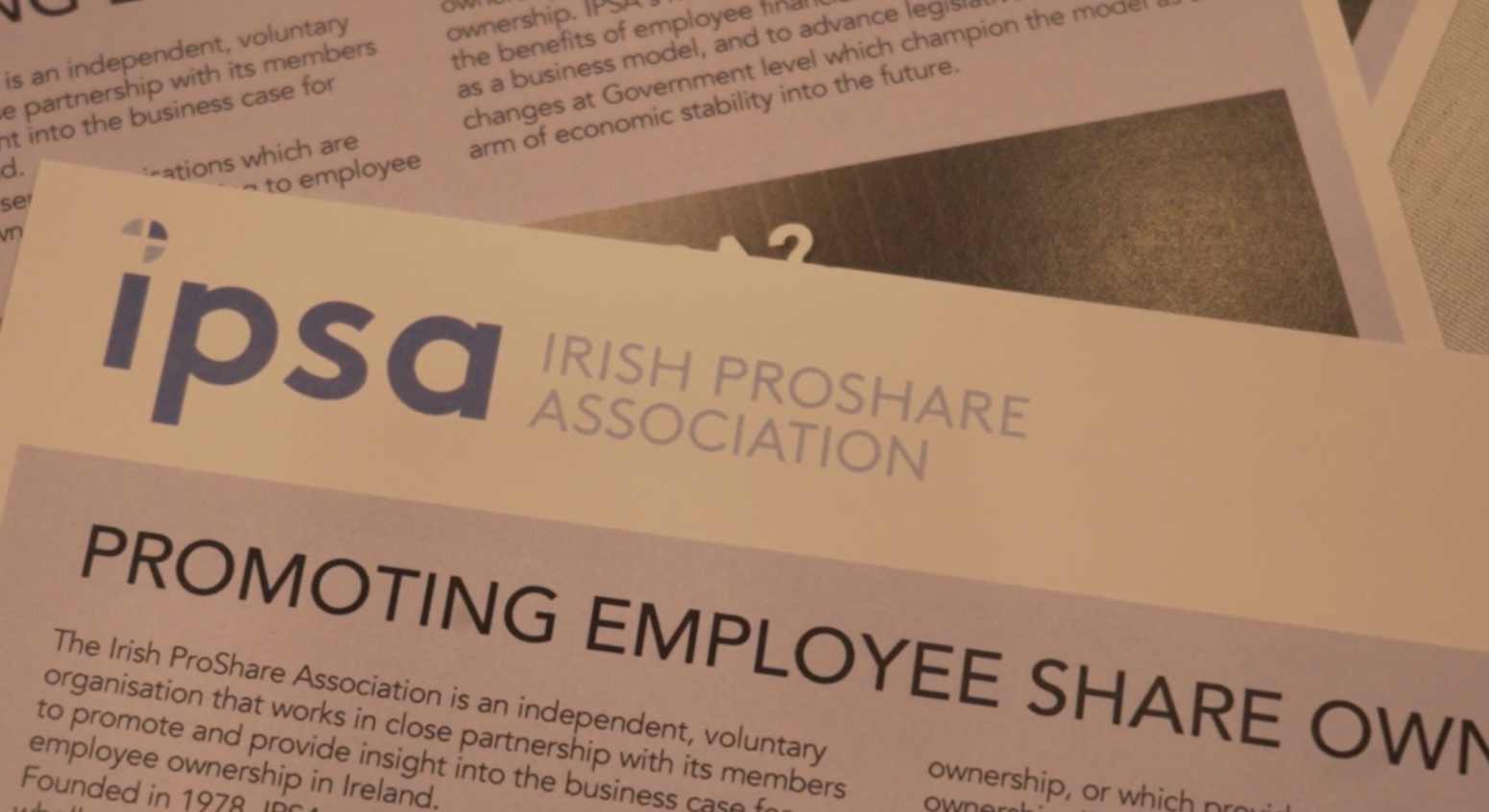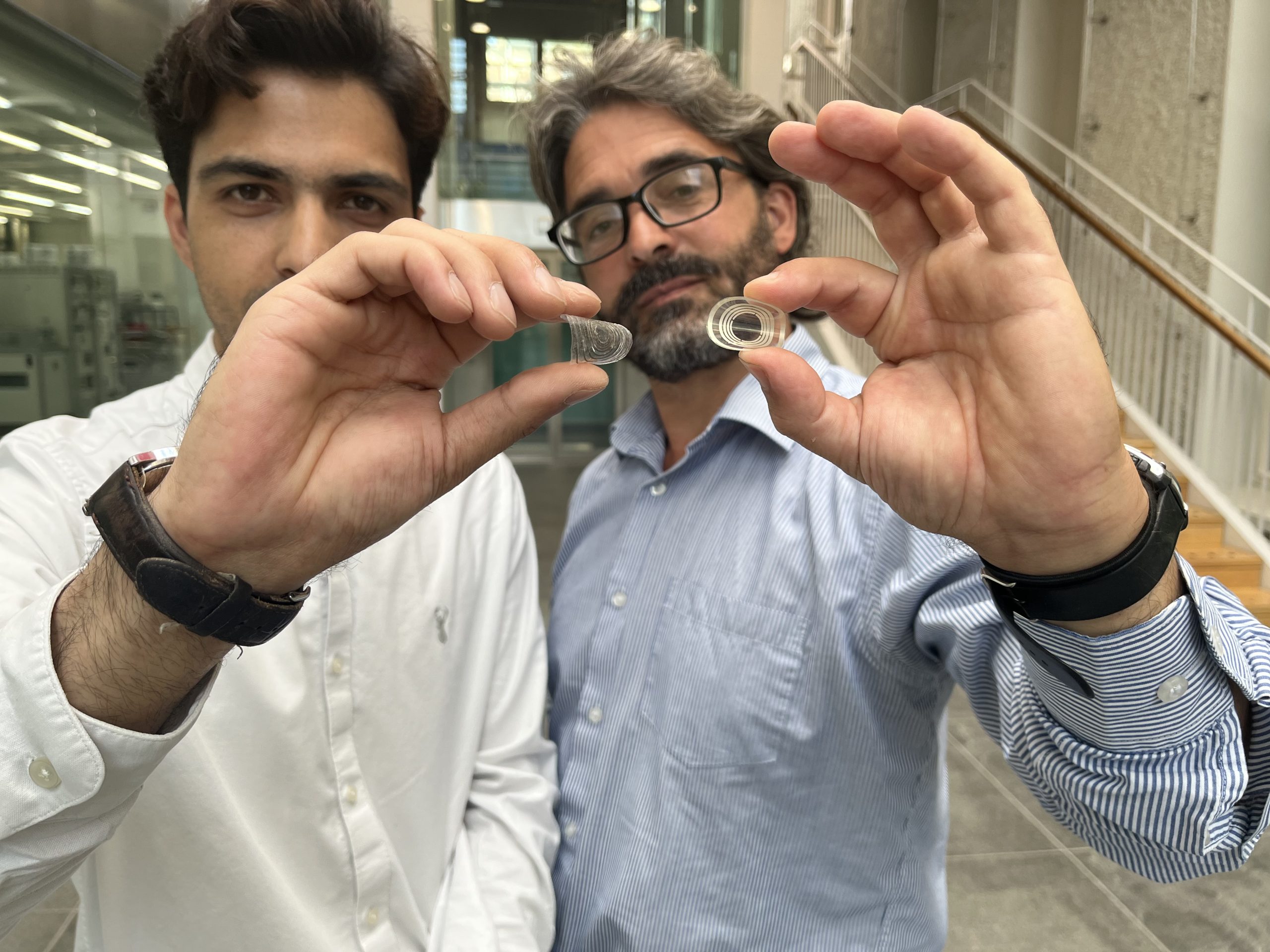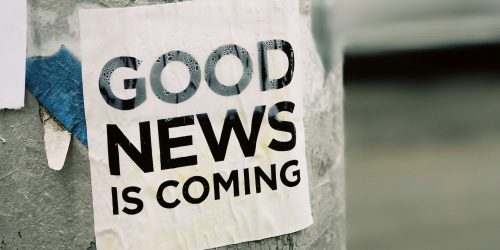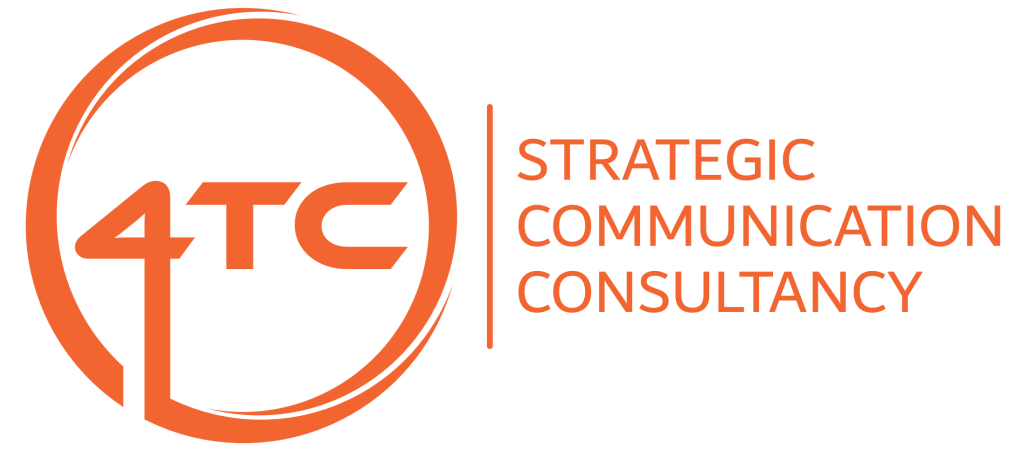What’s the story? Why it matters more than media contacts
Add Your Sub-Heading Text Here
“Hi Paul, it’s James here.[1] Oh yeah – great thanks, how about you? Really? I’ll give that a watch. Will we be seeing you at Harry’s? Yes? Great.
“Listen, mate, I wonder if you could do me a favour. It’s just that I need to get coverage for a client of mine that produces plastic widgets. Yes, they’re feeling a bit left out. They feel that they’re an interesting company and that plastic widgets are fascinating.
“What’s that? A story? A profit increase? No, not really. Sizeable investment in factory or plant? Nope, not recently. A new product innovation? I don’t think so! Expanding the workforce? Actually, quite the opposite, old chap.
“Yes, that’s right – some coverage. You know – a namecheck, a bit about how brilliant plastic widgets are, quotation and opinion from the CEO – that sort of thing. You will? Next couple of days?
“You’re a mate, Paul. See you next week!”
Now, we’re not saying that conversations like this have never taken place. They definitely have. And we’re not saying that – regardless of the moral and ethical implications – media coverage wasn’t delivered as a result.
What we are saying is that this isn’t anywhere near normal. This is not how PR works.
Your agency, or your in-house PR department, can have the littlest, blackest, little black book of contacts that has even been compiled, but contacts alone do not cut it.
There’s only one reliable route to earned media coverage, and that’s a story. There’s got to be something that merits coverage – investment, innovation, expansion, business success, utilisation of technology, impact on the community (there’s quite a long list) – and merits coverage because it’s of interest to the audience.
Contacts are no good if you can’t identify a potential story and develop it into something interesting. Media coverage is no good if your story doesn’t deliver your key messages and highlight your business or brand.
Any PR practitioner who has worked with the media for any period of time will have a list of contacts – people they’ve talked to before and may have worked with to enable and deliver earned media coverage.
But media contacts and the strength of the relationship with those media contacts is never more important than the ability to recognise, research, develop and tell a story.
Put simply – a contact without a story is unlikely to result in coverage.
With social media and electronic distribution, a good story without a contact has a far better chance of success.
[1] All names have been changed, despite being made up in the first place.
